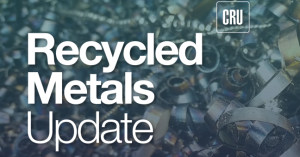
Prices set to rally in August amid tight supply, rising demand
The prices for the July market weren’t settled until July 8 and now we are approaching the formation of the August market.

The prices for the July market weren’t settled until July 8 and now we are approaching the formation of the August market.
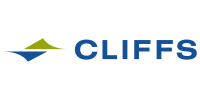
Cleveland-Cliffs announced on Friday that it would seek $670 per short ton (st) for hot-rolled (HR) coil. The steelmaker said the move was effectively immediately. It coincides with the opening of the company’s HR order book for September.

SMU has heard from some larger buyers who have stepped back into the market to buy at prices that, if not at a bottom, they assess to be close to one. Is it enough to stretch out lead times and send prices upward again? Or do we continue to scrape along the mid-$600s per short ton (st) as we have been doing for most of the last month?
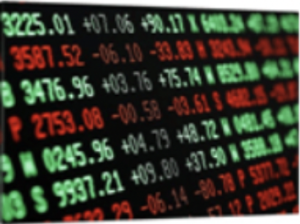
Summer is here, and a familiar sentiment has hit the hot-rolled coil (HRC) futures market. Prices continue to decline in both the spot market and the futures market, with expectations of sub-$800 prices for the remainder of the year.

Reliance Inc. said a faster-than-expected decline in carbon steel prices offset higher shipments in the second quarter.
The majority of steelmaking raw material prices declined in June, following the same trend seen in May, according to SMU’s latest analysis.

Nucor has lowered the 2024 production estimate for its Brandenburg, Ky., plate mill due to soft market conditions.
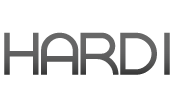
Galvanized prices have fallen precipitously from a month ago, though many market participants think a bottom is in sight.
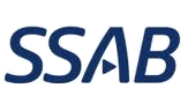
SSAB said lower plate prices in the US were the primary reason for reduced results in the second quarter. With a dismal Q3 outlook, the Swedish steelmaker is adjusting production across its facilities. That includes moving up its annual US mill outage in anticipation of a better Q4. SSAB Americas Revenues in the Americas segment […]
High levels of steel imports, especially from China, in recent months are worrying steel makers in India and Vietnam.

On Monday and Tuesday of this week, SMU polled steel buyers on an array of topics, ranging from market prices, demand, and inventories to imports and evolving market events.

Cleveland-Cliffs Chairman, President and CEO Lourenco Goncalves had some insightful things to say today about the steel market and about a conference we suspect might be Steel Summit.

SMU’s sheet price ranges slid again this week. But the declines were more pronounced on tandem products whereas prices for hot-rolled coil held roughly steady.

Cleveland-Cliffs expects its acquisition of Canada’s Stelco to close later this year, which will help the the Cleveland-based steelmaker as a bottom to steel tags nears.
SMU’s Key Market Indicators include data on the economy, raw materials, manufacturing, construction, and steel sheet and long products. They offer a snapshot of current sentiment and the near-term expected trajectory of the economy. All told, nine key indicators point lower, 16 are neutral, and 13 point higher. One thing worth noting: The nine indicators pointing lower are all lagging indicators. Many of those pointing upward are leading indicators.

Nucor recording lower second quarter earnings on falling steel prices. And the Charlotte, N.C.-based predicted that profits would be lower still in the third quarter, primarily because of weaker results from its steel mills divisions.

Cleveland-Cliffs’ earnings tumbled in the second quarter as the company cited weak demand and pricing.

Nucor kept its consumer spot price (CSP) for hot-rolled (HR) coil unchanged at $650 per short ton (st) this week. HR prices for CSI, the company's sheet subsidiary in California, held steady at $720/st. Note that sheet prices on the West Coast are typically higher than those east of the Rocky Mountains.

They say a picture is worth a thousand words. Well, when you add in some commentary from respected peers in the steel industry to those pictures, that may shoot you up to five thousand words, at least. In that spirit, we’ve added some snapshots from our market survey this week, along with some comments from market participants.
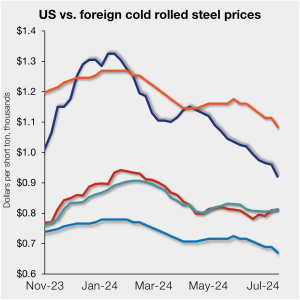
The price gap between US cold-rolled (CR) coil and imported CR has fallen to a 10-month low as domestic tags continue to drift lower. Domestic CR coil prices averaged $920 per short ton (st) in our check of the market on Tuesday, July 16, down $40/st from the week before. CR tags are now down […]

The United Kingdom and other countries are using the “green” label to subsidize bailouts of obsolete, inefficient, and excess capacity that should exit the market. US steelmakers have invested billions of dollars in technologies that curb greenhouse gas output. These investments have been market-based and led by EAF producers such as Nucor, Steel Dynamics, and CMC.

SMU’s Steel Buyers’ Sentiment Indices both saw improvement this week. Current sentiment ticked higher but remains near the four-year low seen earlier this month. Future Sentiment continues to indicate that buyers are optimistic for future business conditions.
The latest SMU market survey results are now available on our website to all premium members. After logging in at steelmarketupdate.com, visit the pricing and analysis tab and look under the “survey results” section for “latest survey results.” Historical survey results are also available under that selection. If you need help accessing the survey results, or if your […]
US light-vehicle (LV) sales fell to an unadjusted 1.32 million units in June, down 3.4% vs. year-ago levels, the US Bureau of Economic Analysis (BEA) reported. The year-on-year (y/y) dip in domestic LV sales came in with a 4% month-on-month (m/m) decline.
In this Premium analysis we cover North American oil and natural gas prices, drilling rig activity, and crude oil stock levels. Trends in energy prices and rig counts are an advanced indicator of demand for oil country tubular goods (OCTG), line pipe, and other steel products.

Operating income from Steel Dynamics Inc.’s (SDI) recycling operations clocked in higher in the second quarter than in the first on increasing volumes and despite lower realized pricing. Recycling operations brought in $32.1 million, an increase over $22.6 million in Q1, but lower than the $40.3 million last year, the Fort Wayne, Ind.-based company said […]
A roundup of aluminum news from CRU.

I thought we’d have more clarity this week on Section 232, Mexico, and a potential carve-out for steel melted and poured in Brazil. As of right now, the only official comment I have is from the Office of the United States Trade Representative (USTR).

Sheet steel buyers continue to report that mills are willing to talk price on new orders, according to our most recent survey data collected this week.
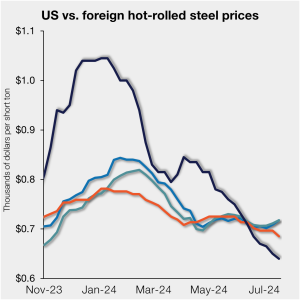
US hot-rolled (HR) coil prices this week drifted further below offshore hot band prices on a landed basis. The premium is now near a two-year low. SMU’s check of the market on Tuesday, July 16, put domestic HR coil tags at $640 per short ton (st) on average, down $10/st from last week. Stateside hot […]